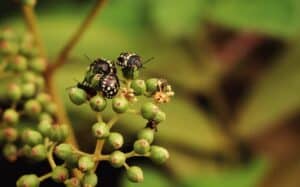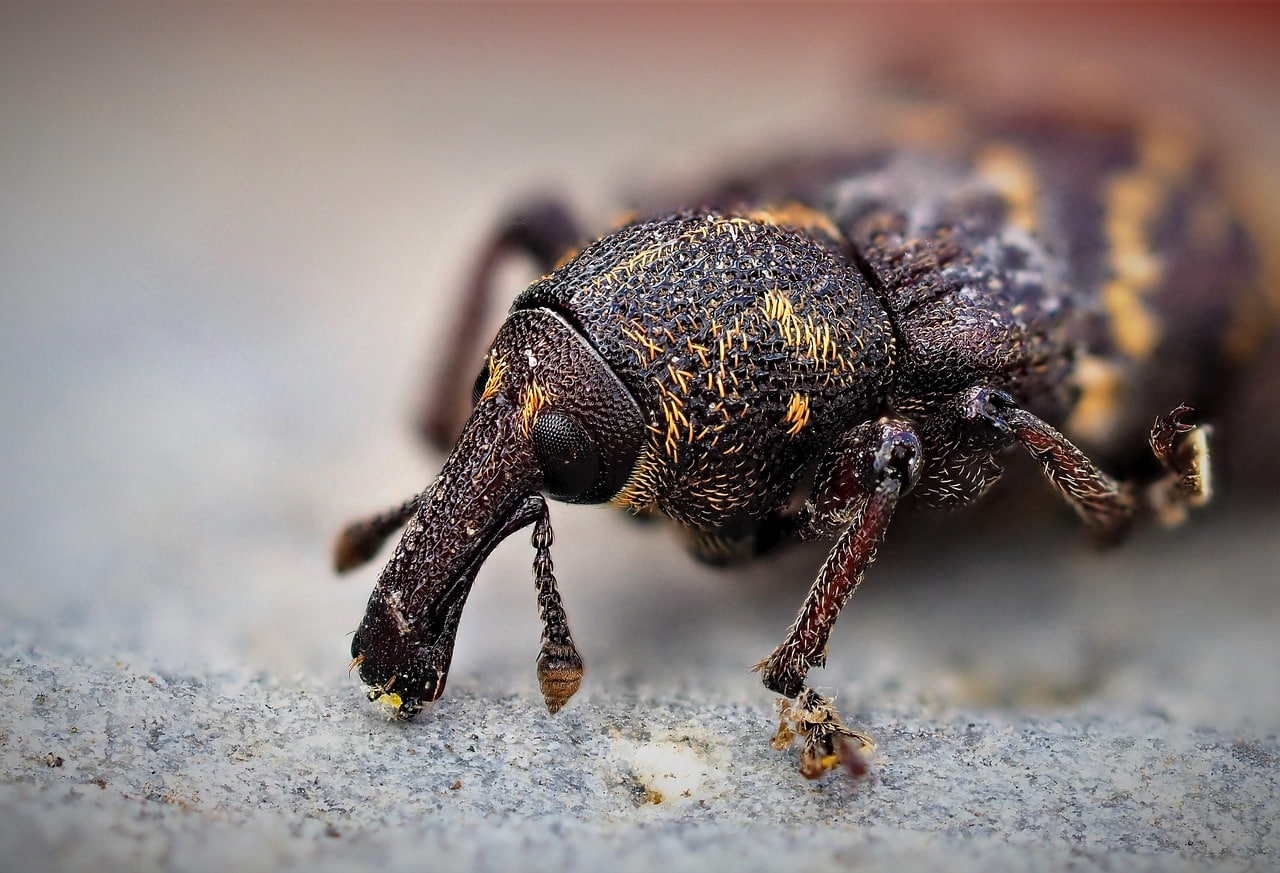What Are Pheromone Traps and How Do They Work?
Pheromone traps are specialized devices designed to attract and capture specific pests using synthetic pheromones, which are chemical signals emitted by insects. These traps play a crucial role in integrated pest management by monitoring and controlling insect populations, particularly in agricultural settings. By mimicking the natural pheromones produced by female insects, these traps lure male insects, effectively disrupting their mating patterns and reducing pest numbers.
How Pheromone Traps Function
The functioning of pheromone traps is based on the principle of attraction. The traps are equipped with a pheromone lure, which releases a scent that closely resembles the pheromones of target pest species. Once the male insects detect this scent, they are drawn toward the trap. Upon reaching the trap, they become ensnared, often by a sticky surface or in a container that prevents escape. This method not only captures pests but also provides valuable data on pest populations, helping farmers and pest control professionals make informed decisions.
Types of Pheromone Traps
There are various types of pheromone traps available, each designed for specific insects. Some common types include:
- Delta Traps: Triangular-shaped traps that are easy to set up and are effective for various pests.
- Bucket Traps: Containers that use a pheromone lure and a liquid bait to drown the attracted insects.
- Sticky Traps: Flat surfaces coated with a sticky substance that captures insects upon contact.
By utilizing these traps, growers can monitor pest activity, identify peak infestation periods, and apply targeted control measures. This proactive approach not only minimizes the use of chemical pesticides but also promotes a healthier ecosystem.
The Benefits of Using Pheromone Traps in Pest Control
Pheromone traps have emerged as a revolutionary tool in pest control, offering a host of benefits that make them a preferred choice for both residential and commercial applications. One of the primary advantages of using pheromone traps is their ability to target specific pests. Unlike traditional traps that may indiscriminately capture a variety of insects, pheromone traps utilize synthetic versions of natural insect pheromones to attract only the intended species. This targeted approach not only increases the efficiency of pest control efforts but also minimizes harm to beneficial insects and the environment.
Environmentally Friendly
Pheromone traps are also considered an environmentally friendly option for pest management. They do not rely on harmful chemicals or pesticides, which can pose risks to human health and the ecosystem. Instead, they harness the natural behavior of pests, luring them into traps without the use of toxic substances. This makes pheromone traps an excellent choice for organic farming and eco-conscious consumers looking to manage pest populations responsibly.
Cost-Effective Solution
In addition to being eco-friendly, pheromone traps can also be a cost-effective solution for pest control. Once set up, these traps require minimal maintenance and can last for extended periods, reducing the need for frequent replacements. Moreover, by effectively monitoring and controlling pest populations, they can help prevent larger infestations that would require more expensive treatments. The combination of lower costs and higher effectiveness makes pheromone traps an attractive option for homeowners and businesses alike.
Early Detection and Monitoring
Another significant benefit of pheromone traps is their role in early detection and monitoring of pest populations. By placing these traps strategically, users can gain insights into pest activity levels and population trends. This data can inform pest management strategies, allowing for timely interventions before infestations escalate. Early detection not only helps in maintaining a pest-free environment but also contributes to long-term pest management success.
Types of Pheromone Traps: Choosing the Right One for Your Needs
When it comes to controlling pests in your garden or home, pheromone traps offer an effective and environmentally friendly solution. These traps utilize synthetic pheromones to lure specific insects, making them a targeted approach to pest management. However, with various types of pheromone traps available, selecting the right one for your needs is crucial.
1. Sticky Traps
Sticky traps are among the most common types of pheromone traps. They feature a sticky surface coated with an adhesive that captures insects once they are lured in by the pheromones. These traps are ideal for monitoring pest populations and can be placed in various locations, including gardens and indoor spaces. Benefits of sticky traps include:
- Ease of use and installation
- Immediate capture of pests
- Visual monitoring of pest activity
2. Lure and Trap Systems
Lure and trap systems typically consist of a bait station that contains the pheromone and a separate trap designed to catch the insects. This type is particularly effective for larger pests such as moths and beetles. These systems can cover a larger area and are often used in agricultural settings. Key advantages include:
- Targeted attraction for specific pest species
- Higher capture rates
- Longer-lasting pheromone effectiveness
3. Multi-Pheromone Traps
For those dealing with multiple pest species, multi-pheromone traps can be an excellent choice. These traps utilize different pheromones to attract various insects, making them versatile for comprehensive pest management. They are particularly useful in environments where multiple pests coexist, allowing for efficient monitoring and control. Considerations include:
- Broader pest coverage
- Reduction in the need for multiple trap types
- Cost-effective for widespread infestations
Choosing the right pheromone trap depends on your specific pest problem, the environment, and your personal preferences. Understanding the different types available can help you make an informed decision, ensuring that you effectively manage pest populations while minimizing environmental impact.
How to Effectively Use Pheromone Traps for Maximum Results
To achieve the best results with pheromone traps, it’s essential to understand their proper placement and timing. Choose the right location by identifying areas where pests are most active. For instance, if you’re targeting moths, place the traps near windows, doors, or other entry points where these insects are likely to enter. Avoid placing traps in direct sunlight or damp areas, as this can reduce their effectiveness. A good rule of thumb is to set traps about 5-10 feet apart to maximize coverage.
Next, timing is crucial for effective pest control. Deploy your pheromone traps at the beginning of the pest’s active season, which can vary depending on your region and the specific pest you’re targeting. Monitoring local pest activity through agricultural extensions or local pest control services can provide insights into when to set your traps. Additionally, replace the pheromone lures regularly, as their effectiveness diminishes over time. Check traps weekly to assess pest populations and adjust your strategy accordingly.
Maintenance and monitoring are also key components of using pheromone traps effectively. Regularly inspect the traps for captured pests and remove them to ensure they continue to attract new insects. Keep an eye on the traps to determine if there’s a significant catch, indicating a potential infestation. If you notice a decline in captures, it might be time to replace the lure or reposition the traps.
Lastly, consider combining pheromone traps with other pest management strategies for enhanced effectiveness. Integrating methods such as cultural practices, biological control, or insecticidal treatments can create a more comprehensive approach to pest management. By understanding the lifecycle of the pests you’re targeting and utilizing pheromone traps as part of an integrated pest management (IPM) plan, you can achieve maximum results and maintain a healthier environment.
Common Misconceptions About Pheromone Traps Explained
Pheromone traps are often surrounded by myths and misunderstandings that can lead to ineffective pest management. One prevalent misconception is that pheromone traps are a one-stop solution for all pest problems. In reality, while these traps are highly effective for monitoring and reducing specific insect populations, they should be used as part of a broader Integrated Pest Management (IPM) strategy. Relying solely on pheromone traps without considering other control methods can lead to incomplete pest control.
Another common myth is that pheromone traps attract all insects indiscriminately. In truth, these traps are designed to target specific species by mimicking the natural pheromones released by those insects. For instance, a trap designed for moths will not attract beetles or other non-target pests. This specificity makes pheromone traps a valuable tool for monitoring pest populations, as they help identify the presence of certain species without affecting beneficial insects.
Additionally, some people believe that pheromone traps are harmful to the environment. However, these traps are considered environmentally friendly since they use chemical signals found in nature, posing minimal risk to non-target organisms and the surrounding ecosystem. Unlike traditional pesticides, pheromone traps do not introduce harmful chemicals into the environment, making them a safer alternative for both residential and agricultural settings.
Lastly, there’s a misconception that pheromone traps are complicated to use. In reality, they are straightforward and user-friendly. Most traps come with clear instructions and require minimal maintenance. Users simply need to place the traps in strategic locations, and they will do the work of attracting and capturing pests. Regular monitoring of the traps can provide valuable data on pest activity, allowing for timely interventions when necessary.












